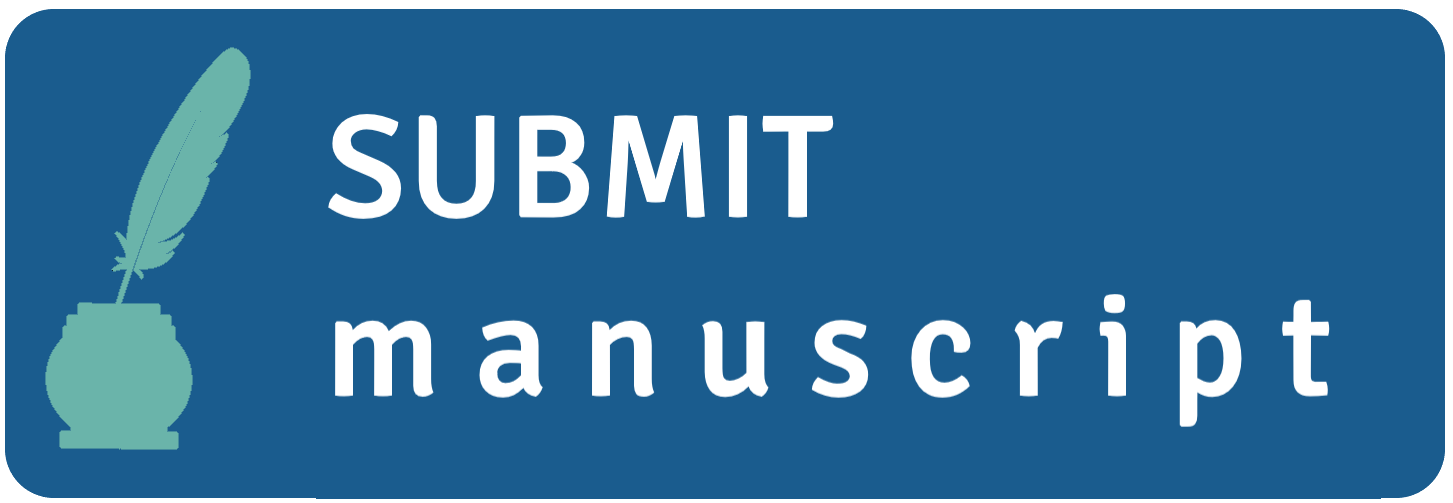Comparing suctioning techniques used to assist mechanical ventilation: Protecting you and your patients
DOI:
https://doi.org/10.3396/ijic.v12i2.15984Abstract
Removal of patients’ airway secretions is an important ancillary procedure for ensuring the effectiveness of mechanical ventilation (MV). Healthcare professionals may choose the closed suctioning (CS) or open suctioning (OS) method to remove airway secretions. While each procedure adequately achieves its primary purpose, caregivers may prefer CS due to the relative advantages it offers with respect to patient and caregiver safety. To compare closed and open airway suctioning methods with respect to patient and caregiver safety, evaluations of peer-reviewed literature and clinical practice recommendations were conducted. Safety concerns specifically for treated patients were accentuated by recurring emphasis on comparative effects of OS and CS on physiological parameters, which cited more robust disturbances in association with OS. The safety information for caregivers and neighboring patients pertained to an awareness of the potential for bacteria to be inadvertently distributed to caregivers and patient environments during OS, and the preferred choice of CS use to help contain microbial outbreaks in clinical settings. Compared to OS, CS appears to be a safer method, with respect to patients and caregivers for suctioning airway secretions during MV. The benefit of having potentially fewer complications associated with CS compared to OS suggests less overall deleterious impact of suctioning on patients and caregivers, thereby making CS worth the investment.Downloads
Downloads
Additional Files
Published
How to Cite
Issue
Section
License
Authors retain copyright of their work, with first publication rights granted to IJIC. Read the full Copyright- and Licensing Statement.



